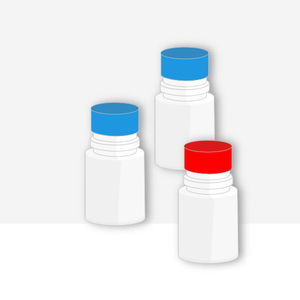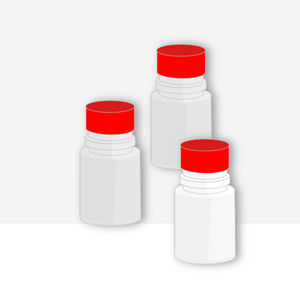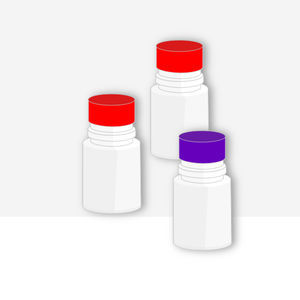
- Laboratory
- Laboratory medicine
- Enzyme reagent
- Vitro Scient

- Products
- Catalogs
- News & Trends
- Exhibitions
Enzyme reagent tissuefor clinical chemistryliquid
Add to favorites
Compare this product
Characteristics
- Type
- enzyme
- Applications
- tissue, for clinical chemistry
- Format
- liquid
- Tested parameter
- gamma-GT, alcohol
Description
Kinetic method described by Szasz-Persijn using Glupa-Carboxylat. Liquid stable reagent.
Use of ɣ-GT activity in the diagnosis of hepatic dysfunction appears to be much more sensitive than the use of other liver enzymes, since elevation of ɣ-GT occurs earlier and lasts longer. The highest elevations are found in intrahepatic or posthepatic biliary obstruction, where values may be 5 to 30 times of normal levels. Moderately elevated ɣ-GT levels are seen in hepatitis, cirrhosis, fatty liver disease states, metastatic hepatic neoplasm, and acute or chronic pancreatitis. Increased levels of ɣ-GT are also seen in sera of heavy drinkers or patients with alcohol cirrhosis. High ɣ-GT activity is found in prostate tissue, which may account for the increased ɣ-GT activity seen in some sera from men compared with sera from women.
Szasz developed a kinetic approach in which Glupa-Carboxylat was used as the substrate; and glycylglycine, the acceptor. The use of glycylglycine accelerates the reaction greatly over the rate obtained in simple buffered medium.
GGT is often measured as a surreptitious way of screening for alcohol abuse. However, amongst alcoholics without liver disease only half show a raised GGT, the extent of which is related to neither the amount nor the duration of ethanol consumption. A large number of drugs, not just anticonvulsants, increase GGT activity, and rarely activity can be increased in carcinoma of the prostate and hyperthyroidism.
INTENDED USE
Vitro ɣ-GT Reagent is intended for the in vitro quantitative determination of γ-glutamyltransferase in serum and plasma on both automated and manual systems.
Related Searches
- Assay kit
- Solution reagent kit
- Blood assay kit
- Serum assay kit
- Immunoassay assay kit
- Research reagent kit
- Protein reagent kit
- Diagnostic reagent kit
- Laboratory reagent kit
- Enzyme reagent kit
- Histology reagent kit
- Reagent medium reagent kit
- Antibody
- Clinical chemistry reagent
- Clinical chemistry analyzer
- IgG test kit
- Clinical reagent kit
- Blood sample reagent kit
- Tissue reagent kit
- Antibody assay kit
*Prices are pre-tax. They exclude delivery charges and customs duties and do not include additional charges for installation or activation options. Prices are indicative only and may vary by country, with changes to the cost of raw materials and exchange rates.







